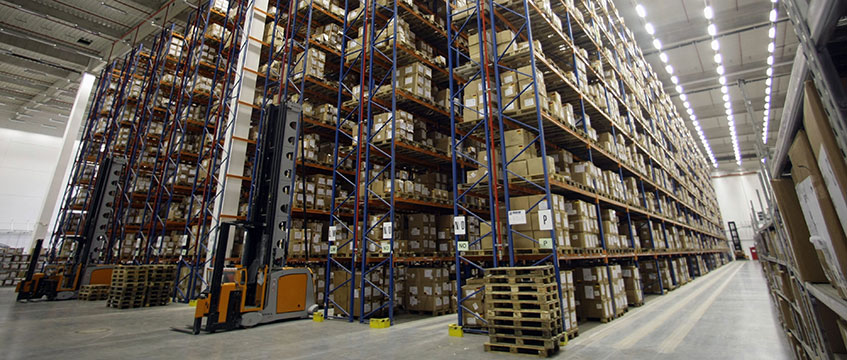Brent emerges as top last-mile logistics hotspot
Brent in north-west London is the top last-mile e-commerce location in the UK, according to new research.
Findings by Knight Frank – which analysed areas by supply, affordability, accessibility and labour supply – show that Croydon and Northampton are also viewed as optimum locations for last-mile logistics.
Knight Frank noted that these locations are now driven by the increasing complexity of delivery models, and not just where online shoppers live and work.
Brent in north-west London is the top last-mile e-commerce location in the UK, according to new research.
Findings by Knight Frank – which analysed areas by supply, affordability, accessibility and labour supply – show that Croydon and Northampton are also viewed as optimum locations for last-mile logistics.
Knight Frank noted that these locations are now driven by the increasing complexity of delivery models, and not just where online shoppers live and work.
The best-performing 30 locations with the highest proportions of online shoppers are all in London, where there is escalating demand for space in what is already an undersupplied market. Correspondingly, London dominates the top 10.
Outside the capital, strong locations include areas around Northampton and Coventry, which both feature in the top 10, and Leicester, Staffordshire and Ashfield in Nottinghamshire, which sit in the top 30.
The top 10 locations for last-mile logistics
Brent, NW10
Croydon, CR0
Northampton, NN4
Hackney, N1
Coventry, CV6
Lambeth, SW16
Merton, SW19
Wandsworth, SW11
Enfield, EN3
Haringey, N17
The report also found there were 164 developments across the UK with consent granted to convert retail premises to storage and distribution uses. Of these, 136 (83%) were in urban areas. There were a further 18 planning consents pending, all in urban areas.
Declining availability
Across the UK, the volume of available industrial floorspace has fallen by an average of 5% per annum over the past 10 years, although the rate was higher in London and the South East.
This is partly because older industrial stock, unsuited for modern logistics, is being removed, driving down vacancy rates. The vacancy rate for warehouse and distribution facilities was 4.6% at the end of 2018, down from 8.7% in 2010.
Knight Frank said that forecasting demand for urban logistics space hinges on whether drone deliveries, such as Amazon’s Prime Air platform, will overcome safety and regulatory issues to become a reality in the UK.
If they do, infrastructure such as drone dispatch centres, landing ports and recharging pads will need to be installed in central areas of the city. The report notes that, in London, Skyports is buying the rights to rooftops for use as “vertiports” (drone landing pads), and that some new residential developments are looking at installing drone infrastructure on their rooftops.
Stephen Springham, head of retail research at Knight Frank, said: “Consumer demand is one of the major trends that is changing the industrial model, and the ongoing growth in multi-channel shopping is having a huge knock-on effect.
“Industrial sites used to be located near to suppliers, or strategically located in the middle of the country or by major transport hubs. But now an increasingly demanding consumer is drastically changing the location and requirements for floorspace.”
Charles Binks, head of logistics and industrial at Knight Frank, added: “The pressure to shorten delivery times, narrow delivery windows and fulfil the ‘I want it now’ delivery options is radically changing the logistics landscape.
“Traditional factors such as affordability and supply continue to have an impact on location choices, particularly in sought-after locations where industrial land competes with other sectors such as residential, and there is a lack of stock.”
To send feedback, e-mail pui-guan.man@egi.co.uk or tweet @PuiGuanM or @estatesgazette











